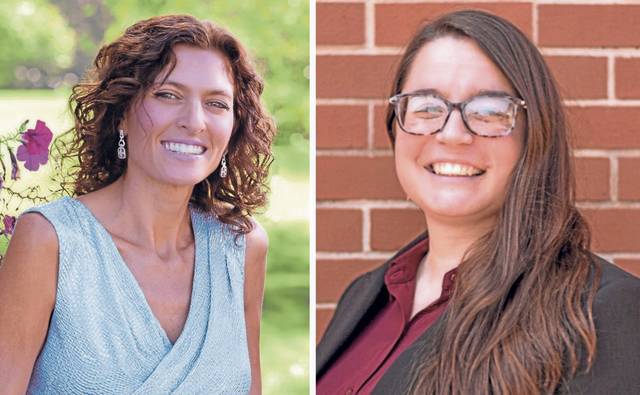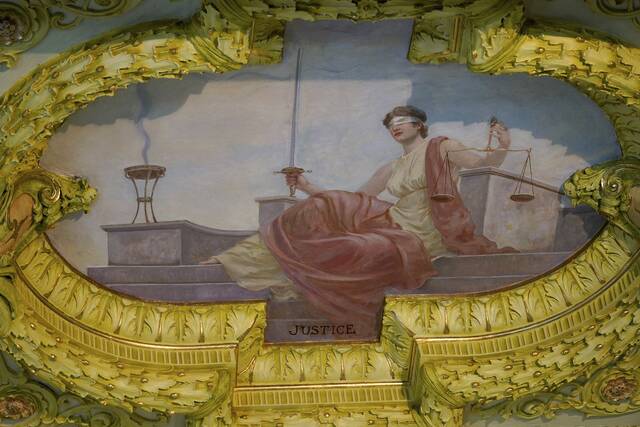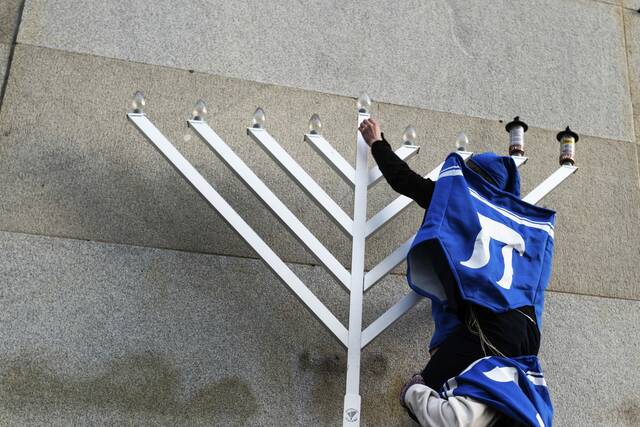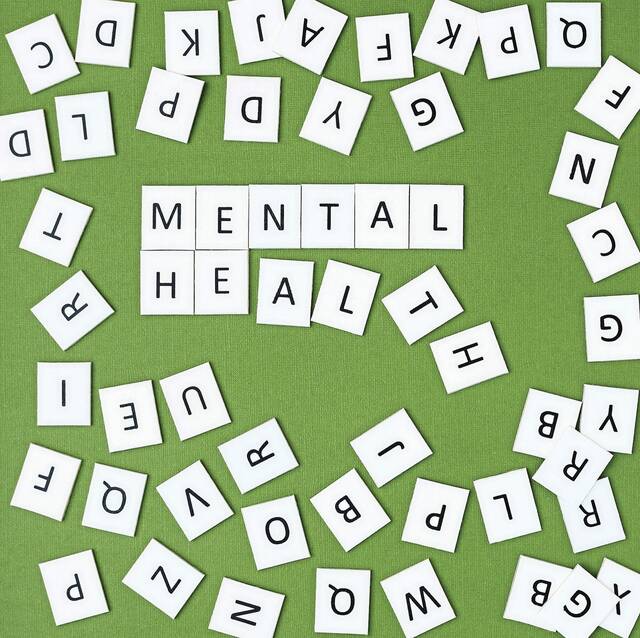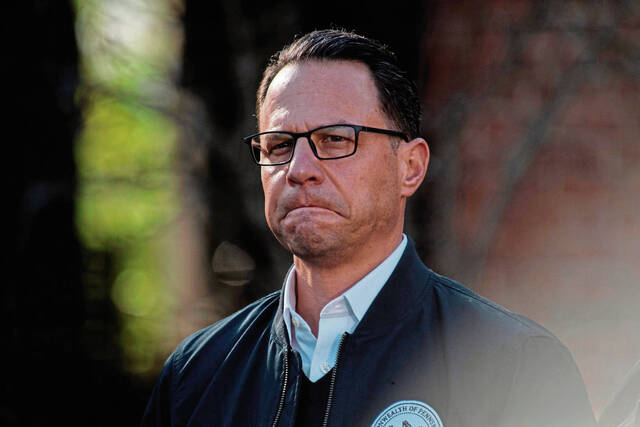Women are not the minority.
In the United States, they edge out men by 0.5%, but, if you look at the population of adult women, the numbers creep up to 58%, the U.S. Census Bureau tells us. In Pennsylvania, ladies make up 51% of the state’s residents.
That means that women are doing more than half the living and dying, working and playing in the Keystone State. So why are they nowhere near that well represented in the halls of power?
On Monday, the newest members of the state House of Representatives were sworn in: Rep. Leslie Rossi, R-Unity, and Rep. Abby Major, R-Ford City. Both won special elections in May. Rossi takes over the 59th District seat left vacant by the death of Mike Reese. Major took over for her former boss Jeff Pyle, who stepped down because of health problems.
Their investiture nudges the balance in the Legislature, adding two more women’s voices to the conversations. That brings Pennsylvania’s representation in each chamber to 28%. In the state Senate, Democratic women make up represent 57% of that bloc to 43% Republicans. In the House, Dems edge the GOP 55% to 45%.
There has been progress. Women have occupied most leadership roles in Harrisburg, from lieutenant governor to auditor general to treasurer to attorney general. Supreme Court Justice Debra Todd is on deck to become chief justice in two years. For the first time, the Senate Majority Leader is a woman, Sen. Kim Ward, R-Hempfield. Only the governor’s office has stayed out of reach.
The state’s representation in Washington needs work. There are four of 18 female House members, but Pennsylvania has never had a female U.S. senator.
The need for greater presence of women is not just to check boxes or to make quotas. It is not about identity politics.
It is because women understand how issues — all issues, not “women’s” issues — affect women. That matters when making laws, when making policies, when judging impacts.
There is another reason, too. Parents tell their daughters that they can be anything when they grow up, but when they see fewer women in areas of leadershp and authority, that can seem like a lie.
Women are not the minority. The numbers in those visible elected offices are growing, but there is still a great deal of room for improvement when it comes to real representation.


